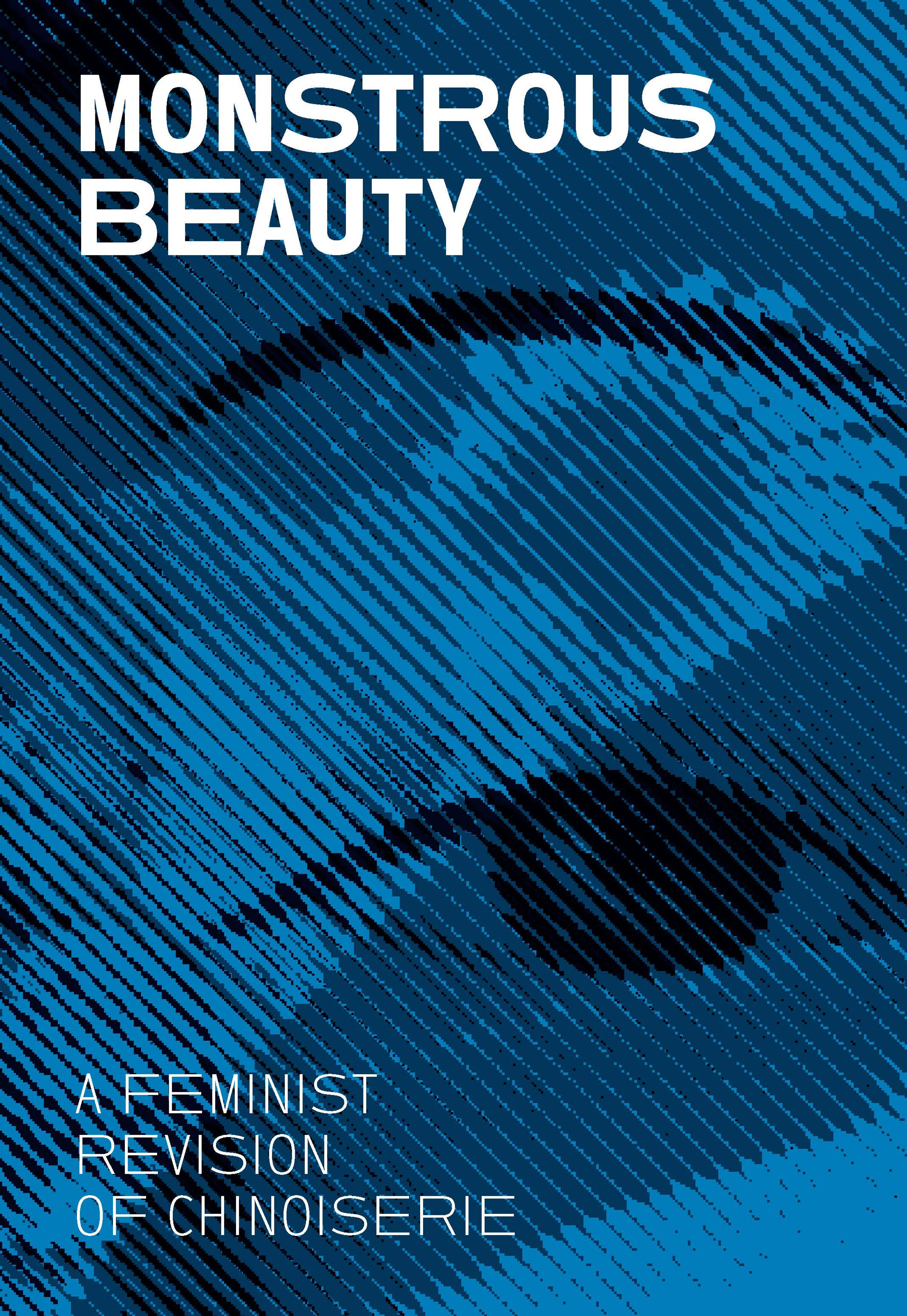Figure of a Standing Beauty
This type of porcelain female figure was a popular collectible exported from Japan to Europe in the late seventeenth and early eighteenth centuries. It is in the Kakiemon style, in which vivid, overglaze enamels are applied to a milky white porcelain surface. The figure’s outfit consists of several layers of kosode (predecessor of the kimono), a thin obi, and a richly decorated uchikake (over robe).
Artwork Details
- 色絵婦人立像
- Title: Figure of a Standing Beauty
- Period: Edo period (1615–1868)
- Date: ca. 1670–90
- Culture: Japan
- Medium: Porcelain with overglaze polychrome enamels (Arita ware, Kakiemon type)
- Dimensions: H. 15 5/8 in. (39.7 cm); W. 5 3/8 in. (13.7 cm); D. 4 7/8 in. (12.4 cm)
- Classification: Ceramics
- Credit Line: The Harry G. C. Packard Collection of Asian Art, Gift of Harry G. C. Packard, and Purchase, Fletcher, Rogers, Harris Brisbane Dick, and Louis V. Bell Funds, Joseph Pulitzer Bequest, and The Annenberg Fund Inc. Gift, 1975
- Object Number: 1975.268.528
- Curatorial Department: Asian Art
More Artwork
Research Resources
The Met provides unparalleled resources for research and welcomes an international community of students and scholars. The Met's Open Access API is where creators and researchers can connect to the The Met collection. Open Access data and public domain images are available for unrestricted commercial and noncommercial use without permission or fee.
To request images under copyright and other restrictions, please use this Image Request form.
Feedback
We continue to research and examine historical and cultural context for objects in The Met collection. If you have comments or questions about this object record, please contact us using the form below. The Museum looks forward to receiving your comments.
